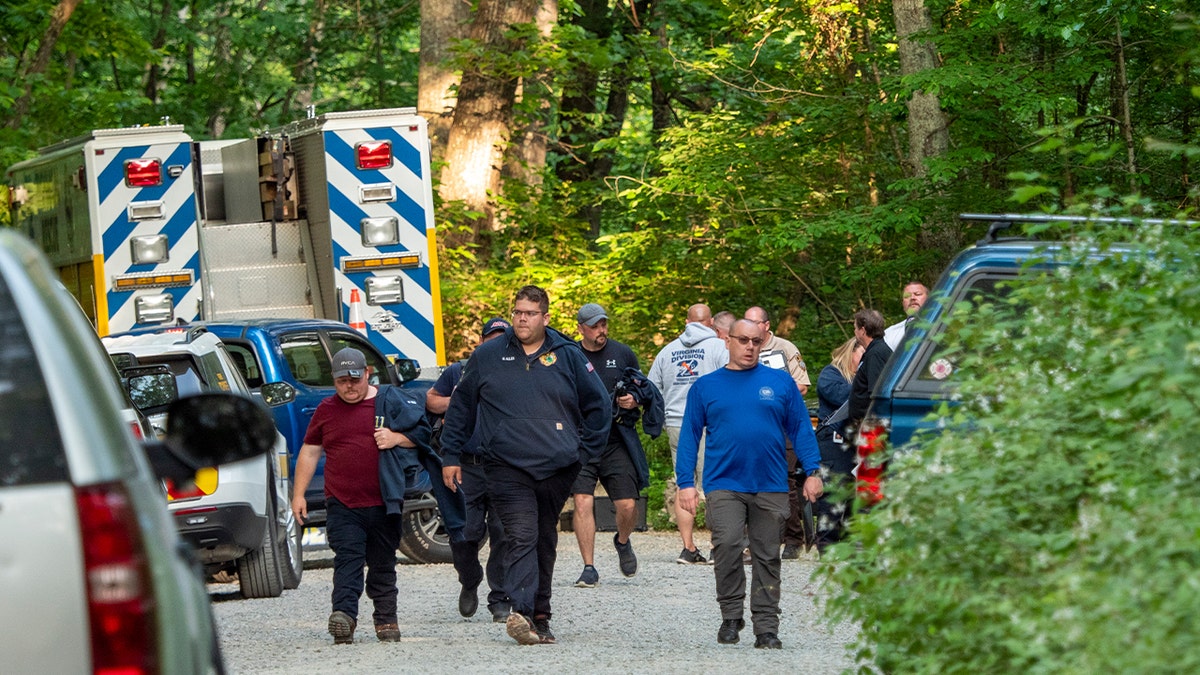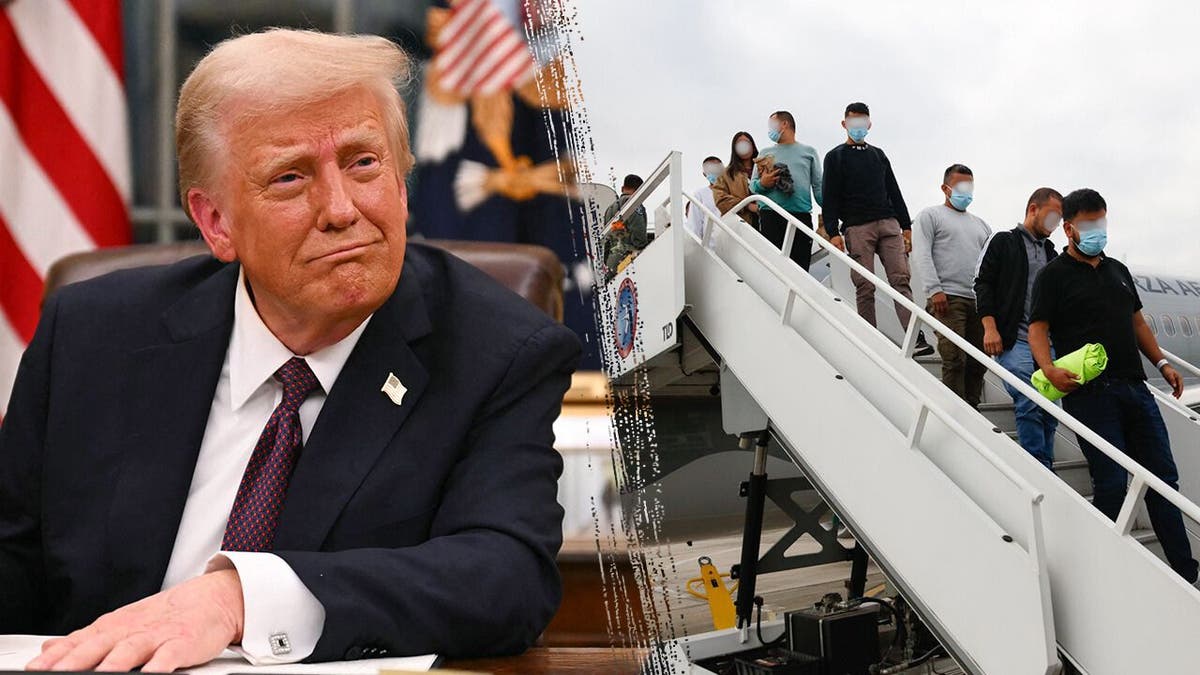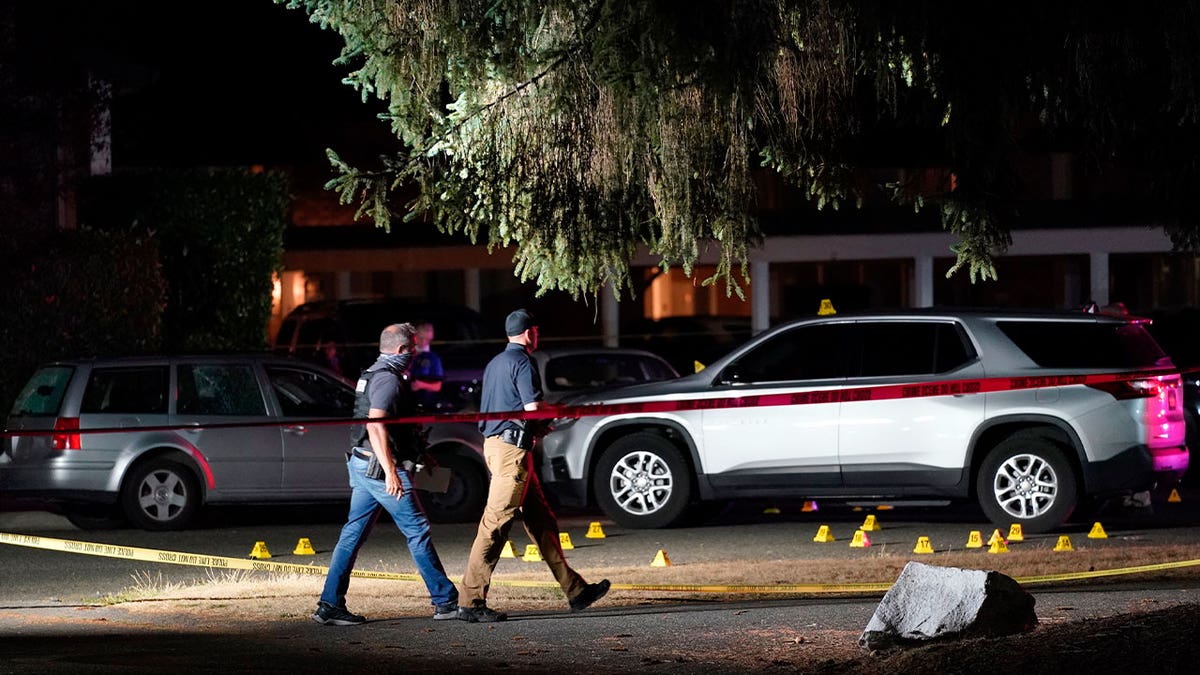A preliminary report from the National Transportation Safety Board (NTSB) details the tragic June 4th crash of a business jet into a Virginia mountain, revealing the aircraft's erratic flight path and rapid descent. The jet, which had become unresponsive, deviated from its course, ultimately plummeting at high speed and bursting into flames. Four lives were lost in the incident.
The report, while offering a glimpse into the events leading up to the crash, stops short of pinpointing the exact cause. It notes the plane's unusual trajectory, including a U-turn over Long Island and a direct flight path over the restricted airspace of Washington, D.C., triggering alarm and the scrambling of F-16 fighter jets. Fighter pilots observed the jet's pilot seemingly slumped over the controls. The absence of a cockpit voice recorder and flight data recorder at the crash site further complicates the investigation, although the NTSB report indicates the aircraft was equipped with a cockpit voice recorder.

Initial communications between air traffic control and the pilot were normal, with the pilot receiving clearance to ascend to progressively higher altitudes. However, after approximately 15 minutes, communication ceased. Despite instructions from air traffic control to halt the climb at 33,000 feet due to crossing traffic, the aircraft continued to ascend to 34,000 feet, where it leveled off. Instead of proceeding to its intended destination on Long Island, the jet reversed course, flying over Washington, D.C. before the fatal crash.
Among the victims were an entrepreneur prominent in New York real estate, her two-year-old daughter, the child's nanny, and the pilot. The plane's owner, John Rumpel, identified the pilot as Jeff Hefner, whom he described as highly experienced and skilled. Rumpel has publicly speculated that a loss of cabin pressure and resulting oxygen deprivation may have incapacitated the pilot, a theory echoed by external aviation experts. The NTSB investigation is ongoing.








